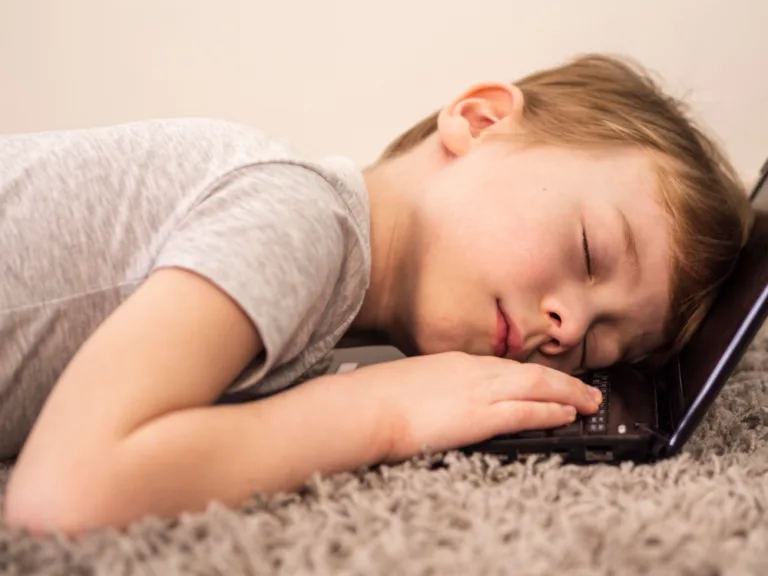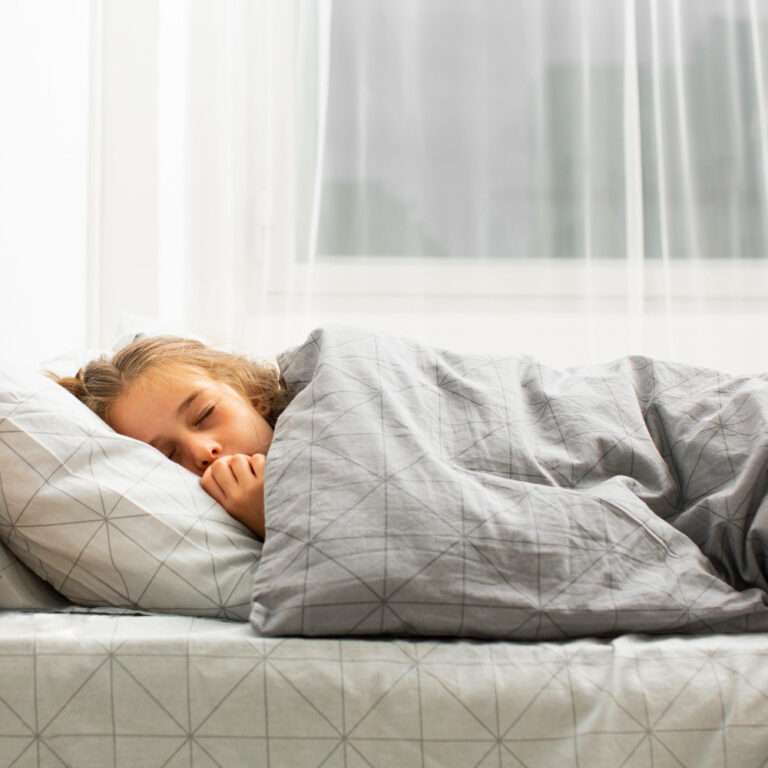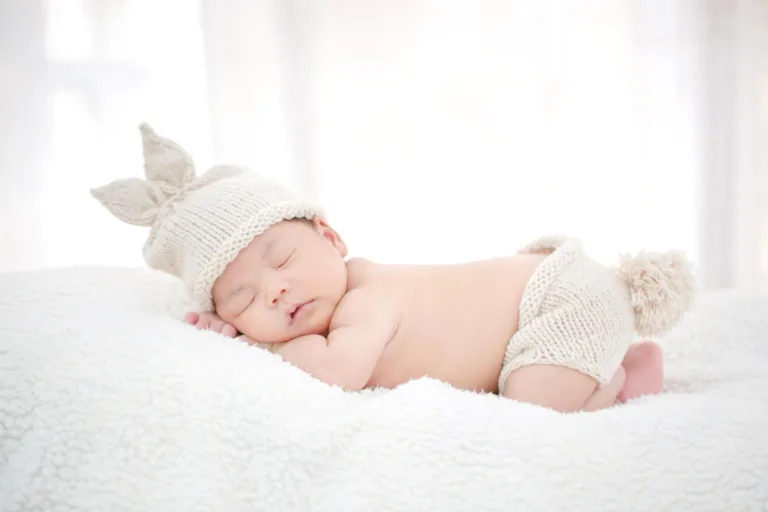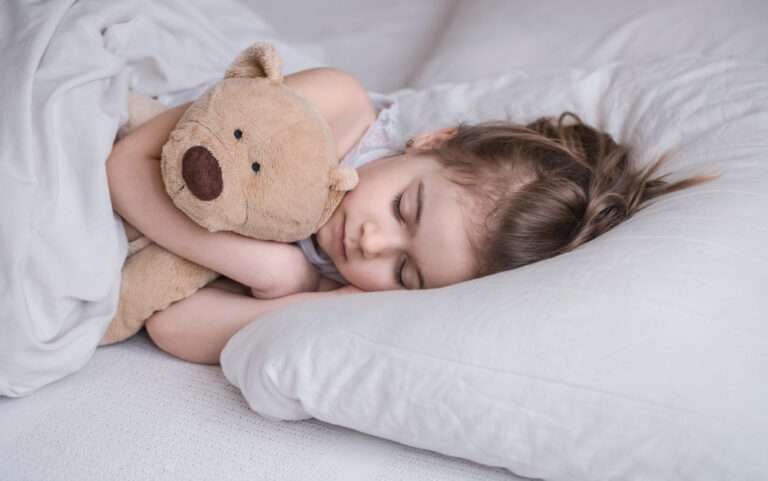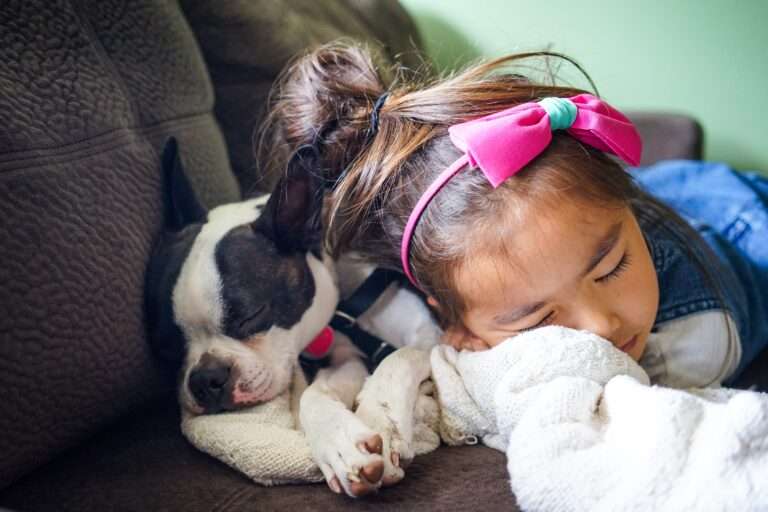Parasomnias in children
Parasomnias are a group of sleep disorders characterized by abnormal behaviors, movements, emotions, perceptions, or dreams that occur during different stages of sleep. They can affect individuals of all ages, including children. Parasomnias in children can vary in severity and can sometimes be concerning for parents. Some common parasomnias in children include:
- Nightmares: Nightmares are vivid, frightening dreams that occur during REM (rapid eye movement) sleep. They can cause a child to wake up in distress and remember the dream. Nightmares are generally a normal part of childhood and are usually triggered by stress, anxiety, or exposure to scary content.
- Night Terrors: Night terrors, also known as sleep terrors, are episodes of intense fear and panic that usually occur during non-REM (NREM) sleep. Children experiencing night terrors may scream, thrash around, and appear extremely frightened but often have no memory of the episode when they wake up. Night terrors are more common in younger children and tend to occur early in the night.
- Sleepwalking (Somnambulism): Sleepwalking is a parasomnia where a child gets out of bed and walks around during NREM sleep. They may perform various activities, such as talking, eating, or opening doors, all while being asleep. Sleepwalking can be dangerous, and precautions should be taken to prevent accidents.
- Confusional Arousal: Confusional arousals are characterized by a child being partially awake during a transition from sleep to wakefulness. During this parasomnia, children may seem disoriented, confused, or agitated. They may mumble or talk but are not fully awake.
- Bedwetting (Enuresis): Bedwetting is a common parasomnia in children where they urinate in their sleep after the age at which bladder control is typically expected. It can be associated with various factors, including genetics, delayed development, or stress.
- Sleep-Related Eating Disorder (SRED): Children with SRED eat while asleep, often consuming unusual or inappropriate foods. They may have no memory of these episodes upon awakening.
- REM Sleep Behavior Disorder (RBD): While less common in children, RBD involves acting out vivid and often violent dreams during REM sleep. This parasomnia can be concerning due to the risk of injury.
Parasomnias in children can be triggered or exacerbated by factors such as stress, lack of sleep, illness, and certain medications. In most cases, children will outgrow these parasomnias as they get older, but they can be disruptive to both the child and their caregivers.
If a child’s parasomnias are causing distress, affecting their daily life, or posing safety concerns, it’s important to consult a healthcare professional or a pediatric sleep specialist. Management may involve addressing underlying causes, creating a safe sleep environment, and, in some cases, behavioral or pharmacological interventions. Proper diagnosis and treatment can help improve a child’s sleep and overall well-being.
------------From our Sponsors------------




